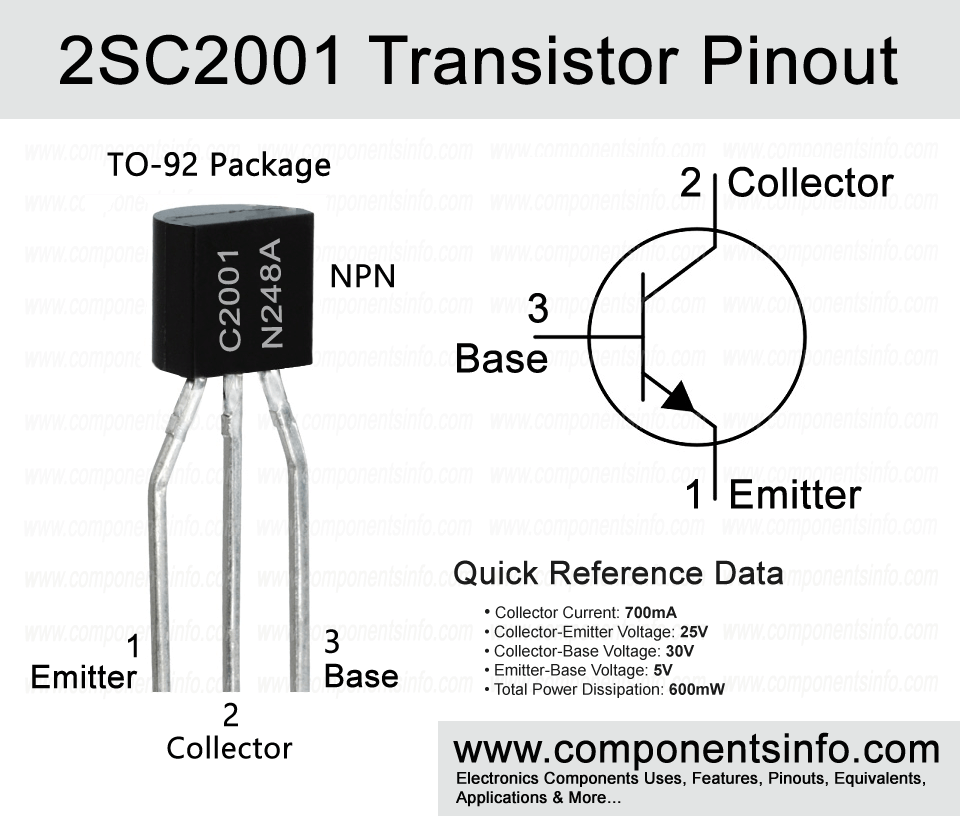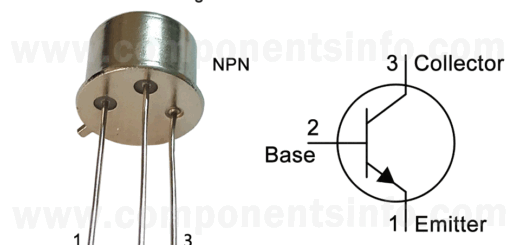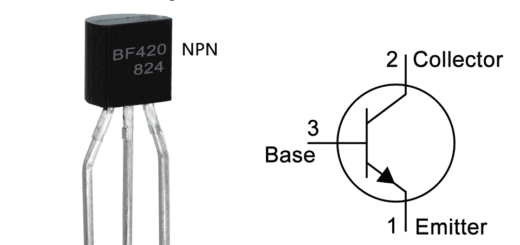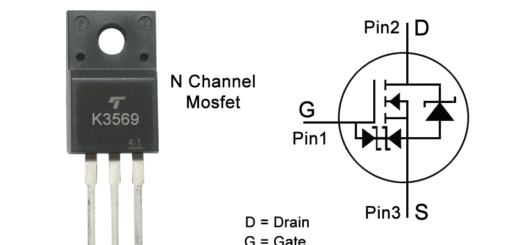2SC2001 Transistor Pinout, Applications, Equivalents, Features, How to Use This Transistor and More
2SC2001 (also called C2001) is an NPN transistor designed to be used in old portable tape recorders, radios and general purpose applications. In this post we are going to understand 2SC2001 transistor pinout, applications, equivalents, features, how to use this transistor and more.
Absolute Maximum Ratings:
- Package Type: TO-92
- Transistor Type: NPN
- Max Collector Current(IC): 700mA
- Max Collector-Emitter Voltage (VCE): 25V
- Max Collector-Base Voltage (VCB): 30V
- Max Emitter-Base Voltage (VEBO): 5V
- Collector Power Dissipation (Pc): 600mW
- Transition Frequency (fT): Minimum 50MHz to Typical 170MHz
- DC Current Gain (hFE): 90 to 400
- Max Storage & Operating temperature Should Be: -55 to +150 Centigrade
Replacement and Equivalent:
PN2219A, PN2219, NTE382, ECG382, MPS2219, BC879, BC837, BC639, BC635, 2SD974, 2SD863, 2SD1859, 2SD1835, 2SD1779, 2SD1207, 2SD1146, 2SD1015, 2SC5880, 2SC4145, 2SC3332.
2SC2001 Transistor Explained / Description:
2SC2001 is a TO-92 package NPN transistor, it is an old transistor designed to be used in old cassette players, radios and other general purpose applications. The transistor has very good characteristics and features which makes it ideal to be used in wide variety of applications. Some of its good features are good collector current, high transition frequency, good DC current gain, etc.
The absolute maximum ratings of the transistor are as follow: collector-emitter voltage is 25V, collector current is 700mA, collector-base voltage is 30V, emitter-base voltage is 5V, base current is 150mA, junction temperature is +150 ̊C and storage temperature is -55 ̊C to +150 ̊C.
According to DC current gain or hFE the transistor is available in three different variations and can be determined with the help of alphabet written after its part number. If the alphabet is “M” it means the transistor hFE is 90-180, if “L” then 135-270 and if it is “K” then its DC current gain will be 200-400.
How to Use This Transistor:
Here are the two simple procedures to use the transistor which are as a switch or amplifier.
Using a transistor as a switch is pretty straight forward, to do so apply signals to its base through a current limiting resistor (the signals from which you want to control the output load of the transistor) connect emitter pin with the negative rail and the load will be connected between the collector pin and the positive rail of the circuit. The value of the current limiting resistor connected between the signal source and base pin will be between 1K to 10K.
When using as an amplifier the connections of the transistor will be almost the same as in the switching circuit. Apply signals you want to amplify at the base pin but instead of the current limiting resistor we will use a electrolytic capacitor between 1uF to 10uF value. The emitter pin will be connected with the negative rail of the circuit and the speaker will be connected between the collector and the positive rail of the circuit. This is a most simple circuit of an amplifier and to enhance it further you have to use some passive components.
Applications:
Switching Circuits
Darlington Pairs
Audio Amplifier Circuits
Audio Preamplifier Circuits
Audio Amplifier Stages
Tx and Rx Circuits
Signal Amplification
Safe Operating Guidelines:
Follow these guidelines to safely operate the transistor:
- Do not use the transistor to its absolute maximum ratings and always stay at least 20% below from its max ratings.
- The max collector current is 700mA but according to the above guidelines we will not use more than 560mA.
- The maximum collector-emitter voltage is 25V but by following the above 20% rule we will not drive load of more than 20V.
- Check pin layout before using in the circuit.
- The storage and operating temperature should be between -55°C to 150°C.
Datasheet:
To download the datasheet just copy and paste the below link in your browser.
https://www.alldatasheet.com/datasheet-pdf/view/112947/NEC/2SC2001.html



